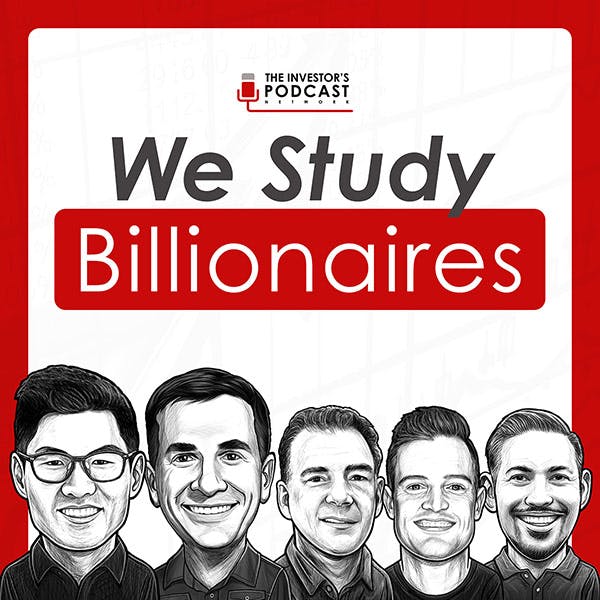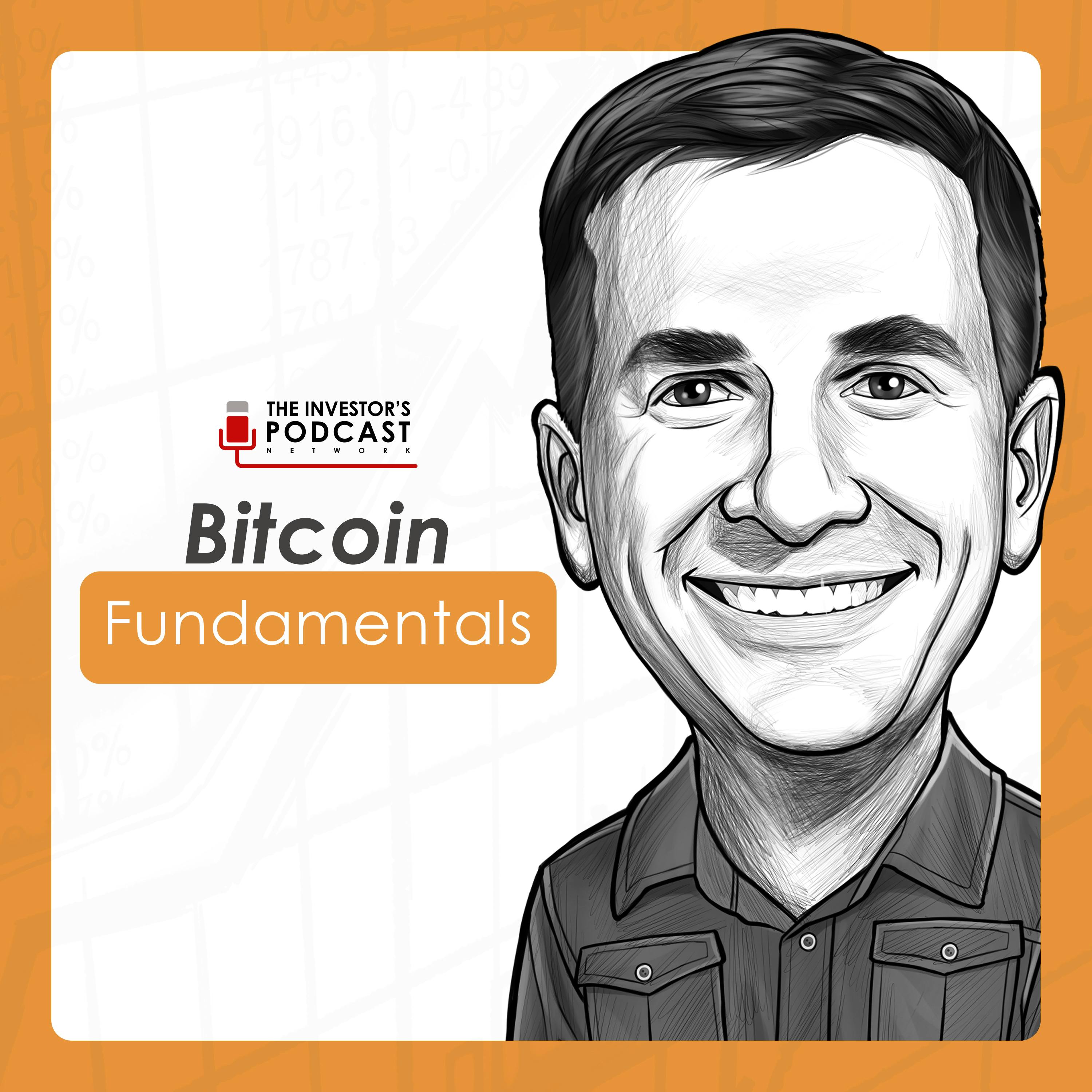
November 8, 2024 • 1hr 11min
TIP674: Outperforming the Market, Managing Risk, & Market Inefficiencies w/ Andrew Brenton
We Study Billionaires - The Investor’s Podcast Network

Key Takeaways
- Buy & Optimize vs Buy & Hold - Rather than strictly buying and holding stocks forever, Turtle Creek "buys and optimizes" by actively managing position sizes based on the gap between share price and intrinsic value
- Market Inefficiency - The US stock market is becoming more inefficient over time due to factors like social media, quantitative trading, and trend-following strategies
- Valuation Focus - Turtle Creek only adds companies trading at >50% discount to their estimated intrinsic value
- Long-term View - Uses 30-40 year DCF models and focuses on companies with strong management teams that can innovate and adapt over decades
- Risk Management - Defines risk as being wrong on forecasts rather than share price volatility; maintains 25-30 holdings for diversification
- Technology Integration - Seeks companies effectively using AI/technology to enhance their competitive advantages rather than pure-play tech companies
Introduction
Andrew Brenton is the CEO and co-founder of Turtle Creek Asset Management. Since inception in 1998, Turtle Creek has achieved remarkable returns of 20.3% annually versus 8.3% for the S&P 500. $10,000 invested at inception would have grown to over $1.2 million versus $75,000 for the index. The firm takes a unique "buy and optimize" approach rather than traditional buy-and-hold, actively managing position sizes based on the gap between share price and intrinsic value.
Topics Discussed
Buy & Optimize vs Buy & Hold Strategy (01:39)
Brenton explains the key differences between Turtle Creek's "buy and optimize" approach versus traditional buy-and-hold:
- Position Sizing - They aim to own the "right amount" of each company at all times based on valuation
- Valuation Focus - If a stock doubles but intrinsic value hasn't changed materially, they will reduce the position size
- Long-term View - Still maintain very long investment horizons but actively manage position sizes
Market Inefficiency and Price Volatility (10:58)
Discussion of how market inefficiency has increased over time:
- Contributing Factors:
- Social media impact on trading behavior
- Quantitative trading strategies
- Trend-following algorithms
- Institutional investor short-termism
- Benefits - Greater inefficiency creates more opportunities for long-term investors to capitalize on mispricing
Technology and AI Investment Approach (28:48)
Brenton details how they think about technology investments:
- Focus on Integration - Prefer companies effectively using AI/tech versus pure-play tech companies
- Examples:
- Ingersoll Rand using AI for sales lead generation
- CarMax leveraging AI while maintaining human touch
- ATS Corporation using machine learning for quality control
Risk Management Philosophy (38:51)
Discussion of how Turtle Creek thinks about and manages risk:
- Risk Definition - Focus on forecast accuracy risk rather than share price volatility
- Diversification - Maintain 25-30 holdings to protect against company-specific events
- Range of Outcomes - Consider dispersion of potential outcomes when sizing positions
Kinsale Capital Investment Case Study (52:55)
Detailed analysis of recent portfolio addition Kinsale Capital:
- Business Model - Specialty insurance provider using technology advantage
- Competitive Advantages:
- Superior combined ratio versus industry
- Proprietary technology platform
- Only 1% market share with room to grow
- Valuation - Trading at ~30x earnings but justified by growth potential
Long-term Motivation and Team Building (1:00:02)
Brenton discusses what keeps him motivated after 30 years:
- Intellectual Stimulation - Learning about different businesses and industries
- Team Development - Building strong culture and investment process
- Continuous Improvement - Better analysis and more opportunities than ever
Conclusion
Turtle Creek's remarkable 25-year track record demonstrates the effectiveness of their "buy and optimize" approach. By focusing on high-quality businesses trading at significant discounts to intrinsic value, maintaining a long-term view while actively managing position sizes, and defining risk appropriately, they've generated significant outperformance. Their approach to technology investments and team-based culture provides valuable lessons for investors seeking sustainable long-term returns.









